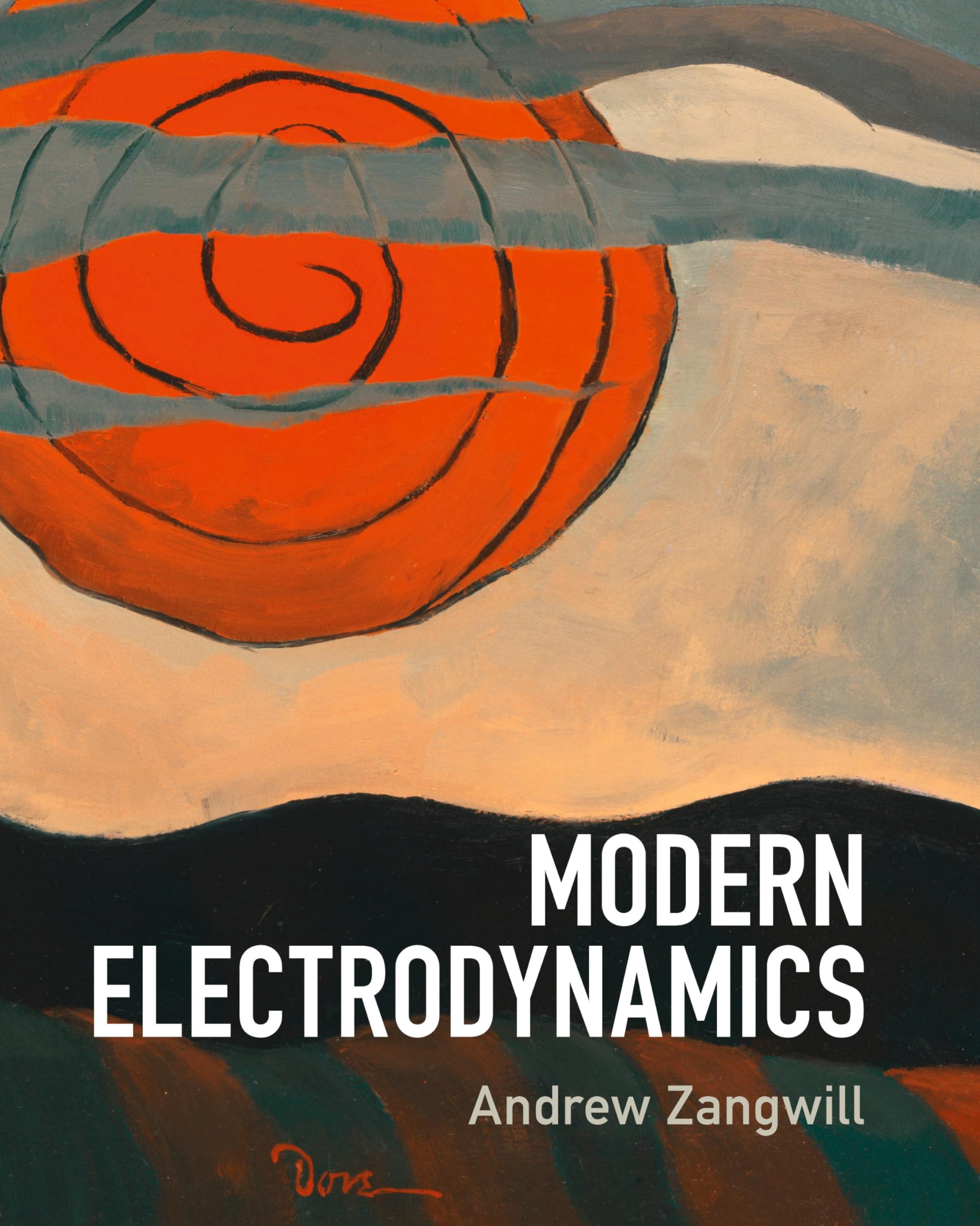A lot of older grad students were ragging on our year for not using Jackson. I think this book does a fine job, but emphasizes different things than Jackson.There are a few points I want to make, but I'll leave them to you to decide if they are pros or cons.First off, there isn't as large an emphasis on boundary value problems. On one hand, this is nice and keeps the mathematical headaches to a minimum. On the other hand, you don't have the same great mathematical resource and reference.Second, Zangwill doesn't have anything to say about converting between SI and Gaussian. The book is written in SI. Third, there are some things I've never heard of before that Zangwill discusses. For example, a fair amount of time is given to the magnetic scalar potential. These are interesting to hear about, but ultimately never used again in the book.Last, the problems span a ridiculous range from "banally easy" to "mind-shatteringly hard." It's often difficult to tell which the problem will be from a glance, so I often found myself spending too much time on easier problems, and not leaving enough time for harder ones. I give this book a 3/5, because it's not in anyway what I would consider an ideal text for a graduate EM class, but it does its job, and makes for a solid resource to supplement lectures.




